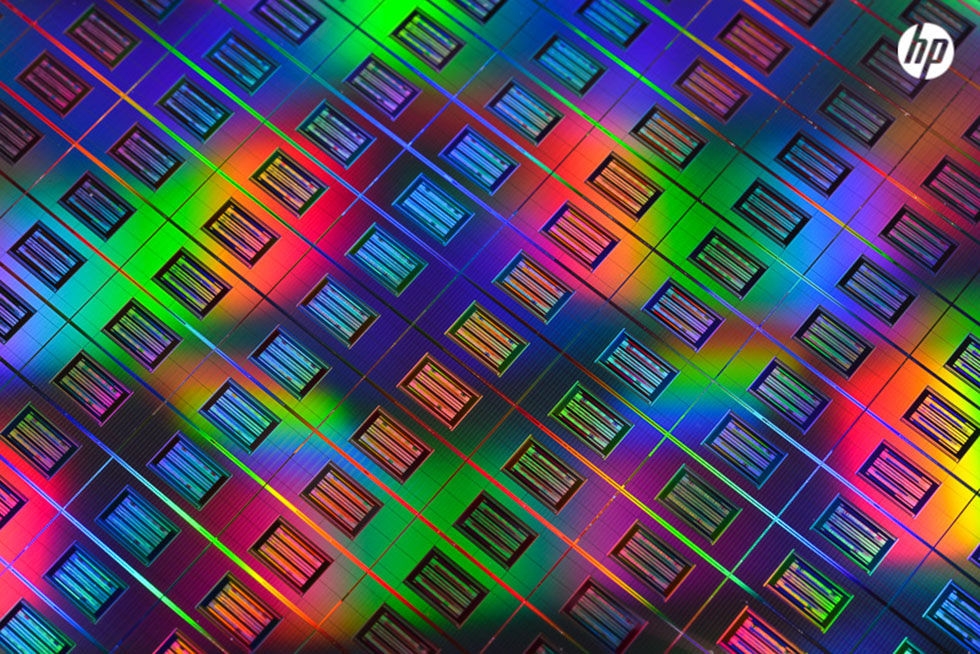HP and Sandisk are partnering up to develop new storage technology that they claim could be 1,000 times faster than existing flash memory. Details are scarce at this point, but the gist of it is combining HP's Memristor technology with SanDisk's non-volatile ReRAM memory technology in order to create a "universal memory" that serves as both long-term storage and RAM. Sounds familiar? It should.
The so-called Storage Class Memory (SCM) would compete with Intel and Micron's 3D XPoint memory, which is based on the same concept and was announced earlier this year. In both cases the companies are promising similar performance and endurance gains over current flash storage alternatives. The HP and Sandisk press release also mentions significant cost, power, density and persistence improvements over DRAM.
The goal is to commercialize Storage Class Memory some time between 2018 and 2020. In contrast, 3D XPoint will supposedly be ready to hit the market in 2016 as Intel Optane. It's unclear if they've even begun sampling the technology with customers, but at this year's developer conference the company did showcase a high-endurance, high-performance Optane SSD that beat Intel's P3700 series drive by 5.21X.
The partnerships aim to create enterprise-class products for Memory-driven Computing, and in the case of HP and Sandisk, contribute to HP's Machine concept. The latter attempts to reinvent the fundamental architecture of computers to enable a quantum leap in performance and efficiency and was initially meant to be based on memristors. Since the original announcement, however, HP toned down its ambitions and has committed to releasing a DRAM-based prototype Machine ready next year. We'll have to wait and see where Storage Class Memory fits in the big picture.
